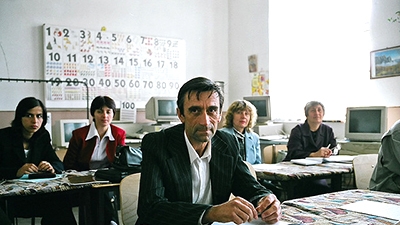![]()
The devastating effects of a financial crisis, like losing a job and struggling to make ends meet, are the stuff of nightmares for anyone. At such times, it is especially important that social protection schemes kick-in promptly and help those most in need.
So, after the 2008 crisis, did they?
A new World Bank study of social benefits programs in emerging Europe and Central Asia shows that these systems responded more decisively in countries hit most severely by the global financial crisis, and that being prepared for such a situation in advance played a significant factor.
Do Social Benefits Respond to Crises? Evidence from Europe & Central Asia during the Global Crisis traces the response of social benefits during the 2008-10 global financial crisis across 14 countries in the region to record evidence of the actual response of safety nets in such scenarios.
Countries in the region responded largely in line with expectations. In some, benefits expanded quickly, with unemployment claims increasing as the most immediate response, and other social benefits, like targeted cash transfer programs, playing a role as unemployment benefits expired.
Many countries in this region also encountered an increase in the number of people on disability benefits during the crisis. This is a curious phenomenon, given there was no specific reason why an economic crisis would increase disability rates. One reason could be that people who met the disability criteria in the past but had not bothered to apply before (if they had a job and steady income pre-crisis, for example) might have applied for it if the crisis affected that status. The same happened in the United States, where people sought disability status to make up for lapsed unemployment benefits.
Lessons learned?
Structural reforms, tackling certain design elements of the social benefits program, like eligibility criteria, and flexibility in financing arrangements, were essential in responding to the crisis.
Also, with a renewed economic downturn, social safety nets and unemployment insurance are likely to be called upon again. Fiscal constraints at such times will put governments in the region under pressure to cut back on spending, indicating the need to improve the effectiveness and to consolidate social benefits. Sustained structural investments in strengthening the social safety nets are thus warranted, even for higher-capacity countries.
In order to assist in crisis-preparedness, governments can consolidate benefits into fewer programs, synchronize rules, and improve the efficiency of these programs by investing in tools such as automated or unified payment systems. These measures will continue to strengthen social safety net systems across the region and prepare countries to respond to future crises.

